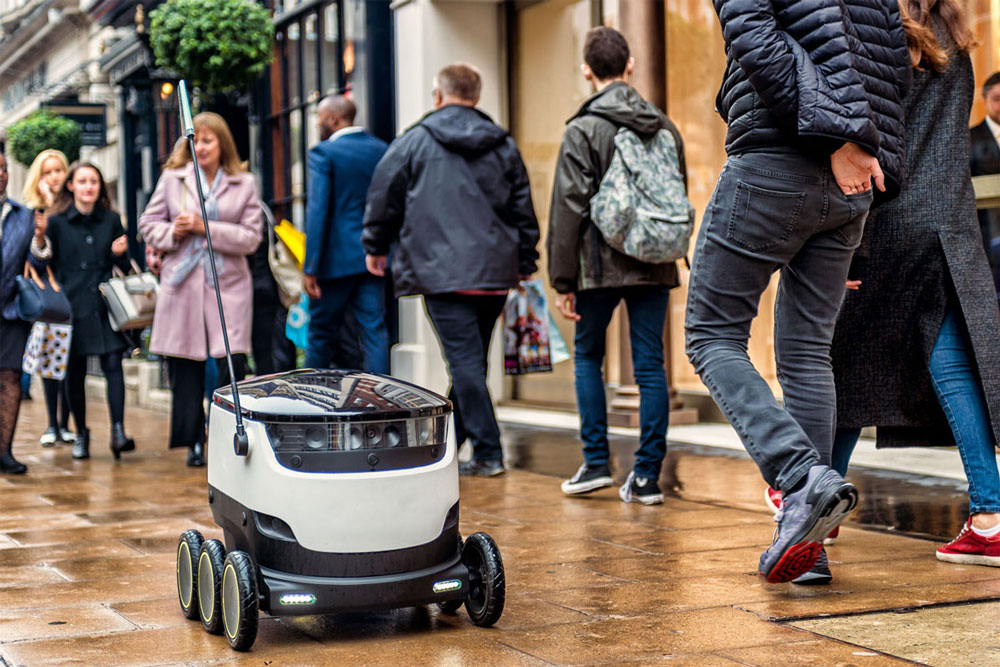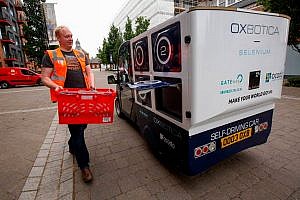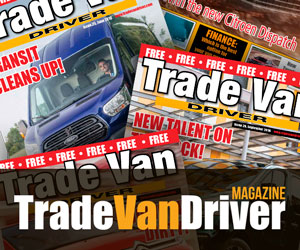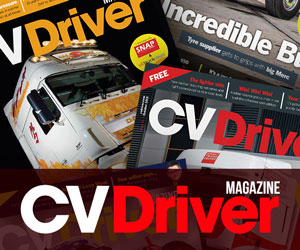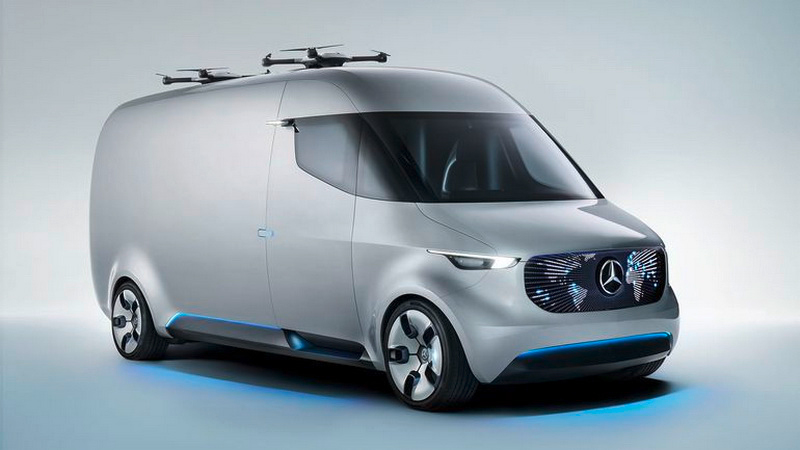
Autonomous vehicles, last-mile delivery and robots – they are all on their way so it’s time to embrace the evolution of the commercial vehicle industry
When Mercedes-Benz introduced its concept vehicles at the 2016 IAA Commercial Vehicle Show in Hannover, Germany, few believed that the autonomous and advanced delivery ideas that were being mooted would come to fruition so quickly.
However, this scenario is playing out in cities all over around the world, with trials of driverless vehicles taking place.
Then there are also the solutions to the growing problems of congestion and last-mile delivery. These issues have – to a large degree – been driven by the explosion in popularity of internet shopping and other forms of e-commerce.
As more and more people expect next day delivery and place orders from the comfort of their own office, front room or even bed, those tasked with getting these goods to the final destination in time might not be sleeping so easily.
Coming back to those 2016 concepts, namely the Vision Van, are a clear indication that autonomous vehicle development work was not going to stay solely in the passenger car world for long. Freight transport and delivery vehicle fleets have been forced to think about how they operate, which has led to a number of next-generation commercial vehicles.
The battery-powered Vision Van was equipped with delivery drones and full connectivity – from distribution centre to consignee. “We wanted to re-invent delivery vans, asking ourselves first and foremost, what is the main purpose of the interior?
Firstly it is to get in and out, so this means keeping the steering wheels and pedals out of the way, creating more useable space for the packages in the back of the van,” explains Kai Sieber, director of design – brands and operations, Mercedes-Benz. “The second part of the story here is more complex and part of a new business model that deals with drones, robots and single shot loading,” adds the Mercedes-Benz man, alluding to a much more efficient delivery process.
100 robots are running around six cities in five countries – US, the UK, Germany, Switzerland and Estonia
Robots in this guise
Theoretically, it could be stolen but there hasn’t been one theft yet
One company that took notice of what Mercedes- Benz was doing was Starship Enterprises, which is now working with the brand’s parent company, Daimler. The startup, created by the founders of Skype, builds delivery robots and currently has over 100 of them running around six cities in five countries – US, the UK, Germany, Switzerland and Estonia. The purpose of the robots is to get around the issue of last mile delivery, which causes a bottleneck in delivery and accounts for up to 50% of transport costs.
“The robot travels on the pavement at up to 4mph and takes up about as much room as a pedestrian,” explains Henry Harris-Burland, vice president of marketing at Starship Technologies. “It has sophisticated obstacle detection technology so it won’t bump into you, it will move around you.”
Henry describes the robot as ‘99% autonomous’ because there are ‘situations a robot finds itself in that technology can’t solve right now’. Instead, the units are monitored by a team of humans in a control room who can take control at any time.
Capable of carrying up to 10kg – roughly three shopping bags – the robots have completed tens of thousands of miles on the pavement and met millions of people during their lives so far.
“Theoretically, it could be stolen but there hasn’t been one theft yet – helped because it has nine cameras, a siren if you try and tamper with it or pick it up and two-way audio, allowing us to scream at the thief,” says Henry.
The robots are carried by ‘Robovan’ – which is where Daimler comes in. “This parcel delivery vehicle is loaded up with Starship Robots, travels around the neighbourhood, dropping them off to deliver parcels (communication is via text message) and picking them up after that have delivered the goods. From our economic modelling, we can increase driver efficiency by up to 300%,” claims Henry.
To get to this point hasn’t been easy for Starship Technologies, and Henry is aware that other challenges lie ahead.
“It is an emerging industry – there are about 10 other companies building delivery robots right now. We need regulation – for the majority of places we operate in, we need to seek permissions and get approvals. We have a national law in Estonia; statewide laws in Idaho, Florida and Wisconsin and there are tens of cities that require permits because of the laws,” he explains.
“But with growth in e-commerce, there are going to be more vans and cars out on the road. With delivery robots we want to take them off the road, reduce congestion and pollution and replace them with robots.”
Driverless deliveries
Autonomy using slightly larger vehicles was seen elsewhere in London in June, as a 10-day real-world trial took place. Using a vehicle called CargoPod, the initiative was part of the GATEway Project (Greenwich Automated Transport Environment), which is led by research company TRL, together with Ocado Technology – a division of Ocado, the world’s largest online-only supermarket.
CargoPod, developed by Oxbotica, is guided by its state-of-the-art autonomy software system Selenium, which aims to provide ‘real-time, accurate navigation, planning and perception in dynamic environments’. The pod carries up to 128kg of groceries and during the trial operated around a residential environment, completing grocery orders to 100 customers.
“The GATEway project is unique in that it considers the effect of automated vehicles on the movement of goods as well as the movement of people. This trial with Ocado Technology provides an ideal platform to help us understand how and where these vehicles could best operate and whether people would accept, trust and like them as an automated delivery service in the city,” says Simon Tong, principal research scientist (TRL) and technical lead for the project. “We envisage that cities could benefit massively if deliveries could be made by quiet, zero emission, automated vehicles when congestion is minimal.”
Autonomy is growing
For larger vehicles and operators, while autonomous vehicles aren’t on the fleet, they are certainly on the radar. “Platooning is an interesting concept going forward for delivery. On the light commercial side, there will be autonomous vehicles, inline and then truck platooning will follow,” believes Christophe Domke, director commercial vehicles, mobility practice, Frost & Sullivan.
“The concept has big potential but there are challenges – mainly not on the technology but on the legislative and the business case. If you have truck platoons, the first truck has a driver, but there is no need for a driver in the second, third, fourth, and so on. However they need to be present by law. So why should fleet managers invest in these vehicle units and still have to pay the driver? There are big business case challenges there.”

